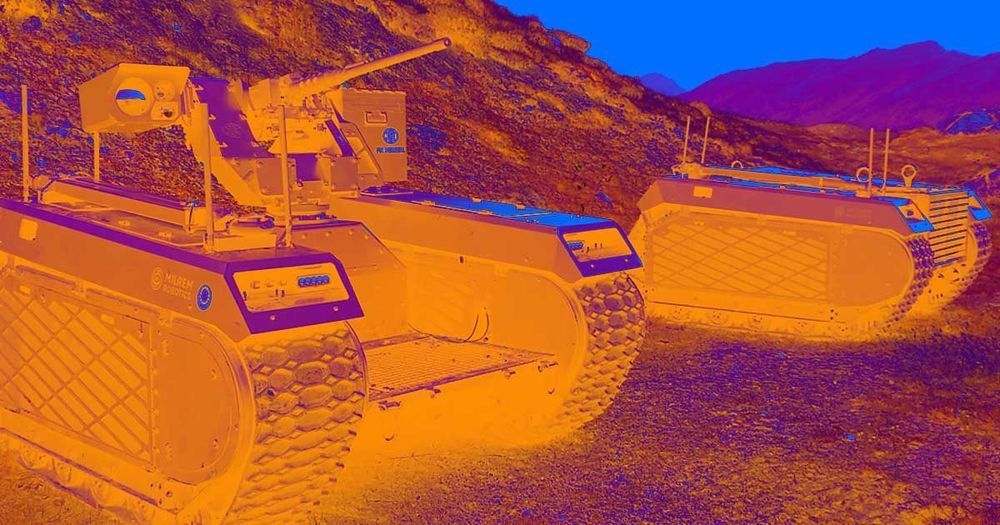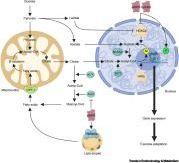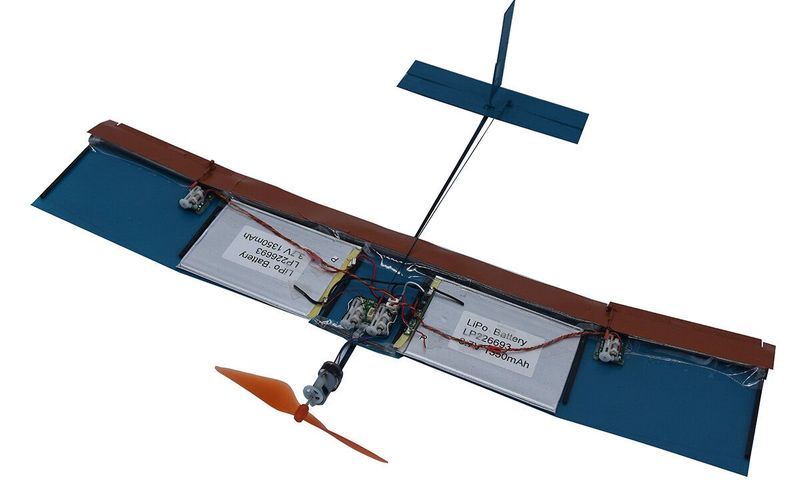Page 7950
Today (11am PST / 2pm EST / 7pm GMT) — Carboncopies JOURNAL CLUB with Dr. Michael Cerullo presenting work by Hilary Putnam: “Minds and Machines”. Continuing our theme on consciousness and personal identity. The Journal Club is open, you are very welcome to join at http://call.carboncopies.org/
The livestream (see our Youtube channel) will also be recorded for later viewing.
Feb 2, 2020
Epigenetics and Exercise
Posted by Mike Diverde in categories: biotech/medical, genetics, life extension
Due to the groundbreaking work in superlongevity by Dr David Sinclair and Yuancheng Ryan Lu on the Information Theory of Aging and how epigenetic therapy can be used to reverse aging, I suddenly have a compelling interest in epigenetics. Here is a recent research article that I’d recommend on.
Epigenetics can be defined as ‘the structural adaptation of chromosomal regions so as to register, signal, or perpetuate altered activity states.’ Increased transcription of key regulatory, metabolic, and myogenic genes is an early response to exercise and is important in mediating subsequent adaptations in skeletal muscle. DNA hypomethylation and histone hyperacetylation are emerging as important crucial events for increased transcription. The complex interactions between multiple epigenetic modifications and their regulation by metabolic changes and signaling events during exercise, with implications for enhanced understanding of the acute and chronic adaptations to exercise, are questions for further investigation.
Feb 2, 2020
Xenobots — World’s First Living Robots created using Super Computer and Frog Cells
Posted by Paul Battista in categories: biotech/medical, robotics/AI

A book is made of wood. But it is not a tree. The dead cells have been repurposed to serve another need.
Now a team of scientists has repurposed living cells—scraped from frog embryos—and assembled them into entirely new life-forms. These millimeter-wide “xenobots” can move toward a target, perhaps pick up a payload (like a medicine that needs to be carried to a specific place inside a patient)—and heal themselves after being cut.
Research suggests that a cure for grey hair is close. In the near future, it will be possible to reverse grey hair (also spelt gray).
Feb 2, 2020
What you experience may not exist. Inside the strange truth of reality
Posted by Paul Battista in categories: computing, neuroscience
What our senses allow us to experience may not reflect what actually exists. It may be a creation of our own consciousness, or a computer simulation designed by superintelligent beings.
Feb 2, 2020
World’s First Classical Chinese Programming Language
Posted by Omuterema Akhahenda in categories: education, information science, robotics/AI
The world’s first programming language based on classical Chinese is only about a month old, and volunteers have already written dozens of programs with it, such as one based on an ancient Chinese fortune-telling algorithm.
The new language’s developer, Lingdong Huang, previously designed an infinite computer-generated Chinese landscape painting. He also helped create the first and so far only AI-generated Chinese opera. He graduated with a degree in computer science and art from Carnegie Mellon University in December.
Continue reading “World’s First Classical Chinese Programming Language” »
Feb 2, 2020
Researchers develop new bio-inspired wing design for small drones
Posted by Genevieve Klien in category: drones
Researchers from Brown University have designed a new type of wing that could make small fixed-wing drones far more stable and efficient.
The new wing replaces the smooth contour found on the leading edges of most airplane wings with a thick flat plate and a sharp leading edge. Counterintuitive as it may seem, it turns out that the design has distinct aerodynamic advantages at the scale of small drones. In a paper published in Science Robotics, the researchers show that the new wing is far more stable than standard wings in the face of sudden wind gusts and other types of turbulence, which often wreak havoc on small aircraft. The wing also provides an aerodynamically efficient flight that translates into better battery life and longer flight times.
“Small drones can be really useful in many applications, including flights in populated areas as they are inherently safer for humans, but there are problems operating aircraft at those small scales,” said Kenny Breuer, a professor in Brown’s School of Engineering and the study’s senior author. “They tend to be inefficient, which limits the battery-powered flight times of most drones to around 30 minutes or so. They also tend to get blown around by puffs of wind and turbulent air coming from obstacles such as buildings and trees. So we’ve been thinking about a wing design that might combat those problems.”
Feb 2, 2020
The design secrets NASA’s using to keep astronauts happy in space
Posted by Genevieve Klien in categories: neuroscience, space
Have always been fascinated with architecture, design, space, travel, and technology.
Big windows, fresh fruit and regular phone calls home help manage the mental health of astronauts on the International Space Station. But missions to Mars on beyond will require a whole new approach to how spaceships are designed.
Feb 2, 2020
ThorCon Advanced Nuclear Reactor — More Than Worth Its Weight In Salt
Posted by Genevieve Klien in category: nuclear energy
ThorCon is a nuclear reactor with molten salt fuel containing thorium+uranium that is walk-away-safe. ThorCon would be completely manufactured in 150 to 500 ton blocks in a shipyard, assembled and towed to a site, with order of magnitude improvements in productivity, quality control, and build time.

















